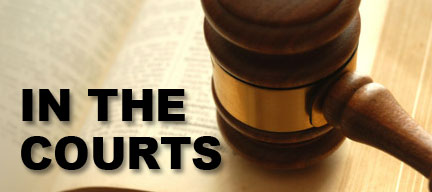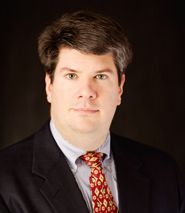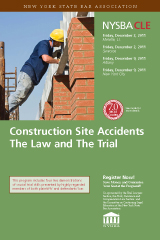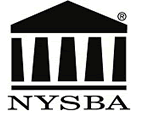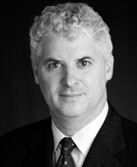In Delaney v. Town Sports International, doing business as New York Sports Club, et al., 2d Department decided on October 4, 2011, the Court was with faced with the age old question of trivial or de minimis defects.
The plaintiff suffered injury as a result of falling over a moveable wooden platform which had been placed on the tile floor of a sauna located within the defendants’ premises. The platform was 1½ inches off the floor with a ½ inch lip or overhang, and was located approximately 9½ inches from the sauna entrance door. The defendants moved for summary judgment contending, among other things that any alleged defect was trivial in nature. In denying defendants’ motion for summary judgment The Court held;
“”Whether a dangerous or defective condition exists on the property of another so as to create liability depends on the circumstances of each case and is generally a question of fact for the jury” (Perez v 655 Montauk, LLC, 81 AD3d 619, 619; see Trincere v County of Suffolk, 90 NY2d 976, 977; Vani v County of Nassau, 77 AD3d 819). Although some defects are trivial and, therefore, not actionable as a matter of law (see Trincere v County of Suffolk, 90 NY2d at 977; Vani v County of Nassau, 77 AD3d at 819), “[i]n determining whether a defect is trivial as a matter of law, a court [*2]must examine all of the facts presented, including the width, depth, elevation, irregularity, and appearance of the defect, along with the time, place, and circumstances of the injury” (Perez v 655 Montauk, LLC, 81 AD3d at 619-620; see Trincere v County of Suffolk, 90 NY2d at 977-978; Sabino v 745 64th Realty Assoc., LLC, 77 AD3d 722).
 New York Personal Injury Attorneys Blog
New York Personal Injury Attorneys Blog


